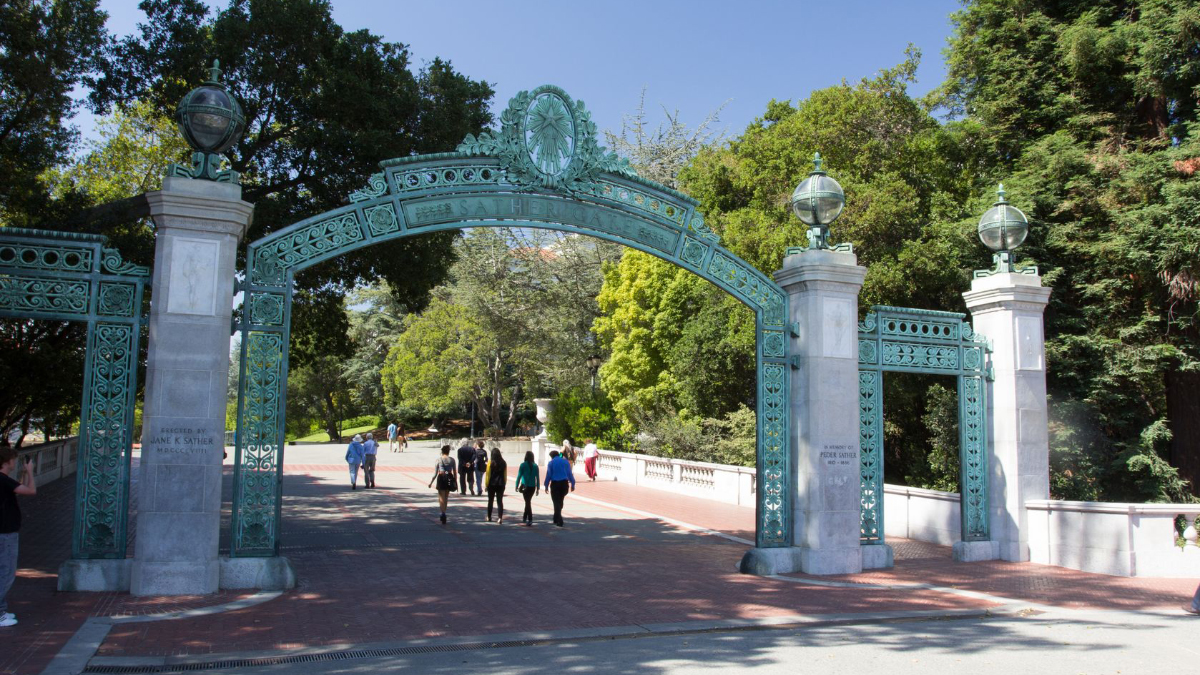The New York Times reports that the Trump administration is directing the Justice Department to sue universities over affirmative action policies directed against whites and Asians. Opponents call it a “dog whistle” intended to create fear that government will punish efforts to maintain “diversity” on campus. Those alarmed might consider how Californians handled this issue.
More than forty years ago, the University of California at Davis medical school discriminated against white student Allan Bakke by rejecting him in favor of lesser qualified minority candidates, for whom they had reserved 16 percent of the entering class. In 1978, the U.S. Supreme Court ruled 5-4 in Bakke’s favor, but California’s state universities continued to deploy a quota system of racial and ethnic preferences.
At some schools during the 1980s and 1990s, Mexican-Americans were offered admission at five times the rate of whites and 19 times the rate of Americans of Japanese ancestry. It was blatant racial discrimination, but no politician or political party sought meaningful reform.
Enter academics Glynn Custred and Thomas Wood with the California Civil Rights Initiative: “The state shall not discriminate against, or grant preferential treatment to, any individual or group on the basis of race, sex, color, ethnicity, or national origin in the operation of public employment, public education, or public contracting.”
Against furious establishment opposition, they qualified CCRI for the state ballot as Proposition 209. On November 5, 1996, 54 percent of California voters approved the measure, but it was not the end of affirmative action.
Nobody was barred from admission, and state universities could cast the widest possible net and help qualified students with financial hardships. But they could not, as before, discriminate on the basis of race. The disaster that quota advocates predicted never came about.
As Thomas Sowell noted in Intellectuals and Race, declines in minority enrollment at UCLA and Berkeley were offset by increases at other University of California campuses. More important, the number of African-American and Hispanic students graduating from the UC system went up, including a 55 percent increase in those graduating in four years with a GPA of 3.5 or higher.
After the ban on racial preferences took effect, according to Sowell, black and Hispanic graduates with degrees in science, technology, math, and engineering rose 51 percent, and the number of doctorates earned by such students rose 25 percent. Even so, politicians and administrators continue to reject the voice of the people and target the California Civil Rights Initiative, now state law, in the name of “diversity.”
According to this politically correct dogma, all institutions should reflect the precise racial or ethnic proportions of our society’s population, whether in hiring, state contracts, or contact with the criminal justice system. If they do not, the reason must be discrimination and the only remedy is government action such as racial and ethnic preferences.
The diversity dogma, unfortunately, ignores personal differences, including effort and choice. That is why strict proportionality is nowhere evident in society. Trouble is, the dogma empowers politicians and administrators to proclaim some groups “overrepresented.” That is, there are “too many” students of Scottish, Swedish or Irish extraction, too many Jews and Armenians, and especially too many Nguyens on campus.
Recurring governor Jerry Brown has always opposed the California Civil Rights Initiative and has filed briefs against the state law. State Democrats still fight it tooth and nail, but no politician dares advance a law proclaiming the state shall discriminate on the basis of race and ethnicity.
Discrimination on the basis of race is wrong, yet it continues, in violation of the law. Therefore, if the civil rights division of the federal Department of Justice opts to intervene in such cases, and inclusively defend the civil rights of all students, that is hardly cause for alarm.








